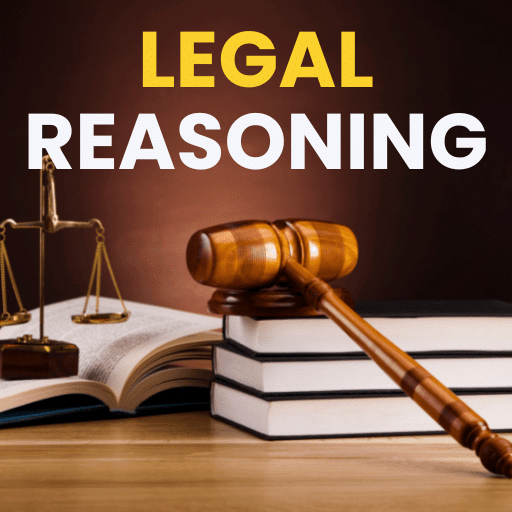The Road Not Taken Summary Class 9 English Chapter 1
| Table of contents |

|
| About the Poet |

|
| Key Points of the Poem |

|
| Theme/ Message |

|
| Detailed Summary |

|
| Difficult Words |

|
About the Poet
Robert Frost was a famous American poet born in San Francisco in 1874. He spent most of his life in New England, which is a beautiful area in the northeastern United States. Frost's poems often reflect the nature and life in this region. He went to college at Dartmouth and Harvard but did not finish his degree. Instead of focusing on school, he worked on a farm and taught in a school while trying to write poems. At first, many people in America did not want to publish his work, but he did not give up. In 1912, he moved to England with his family to get more attention for his poetry. Soon after, a publisher in London released his first book of poems. After that, he returned to America and gradually became one of the most loved poets in the country. Unlike many poets of his time who tried new styles, Frost chose to use traditional forms of poetry. He believed in using the old ways to create something new. While his poems often sound cheerful and paint beautiful pictures of nature, they also have deeper, darker meanings about life. Frost's work is special because he makes readers think carefully about the world around them.

Key Points of the Poem
- The poem is titled "The Road Not Taken."
- It consists of four stanzas, each with five lines.
- The poem describes a moment when the speaker faces a choice between two different paths in a yellow wood.
- The speaker feels sorry for not being able to travel both paths.
- He carefully considers each path before making a decision.
- The poem reflects on the idea of choices and their impact on life.
- The speaker ultimately chooses the road less traveled, which symbolizes making unique or unconventional choices.
- The poem concludes with the speaker reflecting on how this choice will shape his future.
Theme/ Message
- The Importance of Choices: The poem emphasizes that every choice we make in life is significant. The roads symbolize different directions or paths we can take, and each choice can lead to different outcomes.
- Individuality and Non-Conformity: The speaker’s choice of the road less traveled represents the idea of being unique and making decisions that are not influenced by others.
- Regret and Reflection: The speaker anticipates that he will look back on this choice with a mix of emotions, suggesting that choices can lead to both satisfaction and regret.
- The Nature of Life’s Journey: Life is depicted as a journey filled with decisions and paths that shape who we are. The poem reflects on how our choices define our experiences.
- Uncertainty of the Future: The speaker understands that once a path is chosen, it is difficult to go back. This highlights the uncertainty and permanence of decisions.
The message of the poem can be understood in several layers. First, it teaches us that every choice has consequences. The speaker acknowledges that he cannot take both paths, indicating that life often requires us to make decisions without knowing what the future holds. This uncertainty adds weight to our choices. Second, the poem encourages individuality. The speaker's decision to take the road less travelled symbolizes the idea of following one's own path rather than conforming to what others might do. This message is particularly important in a society where people often feel pressured to fit in. Lastly, the poem reflects on the human tendency to look back on choices with a sense of nostalgia or regret. The speaker knows that he will tell the story of this choice later in life, suggesting that our decisions become part of our identity. Overall, the poem beautifully captures the essence of decision-making in life and the importance of embracing our unique journeys.
 |
Download the notes
Summary - The Road Not Taken
|
Download as PDF |
Detailed Summary
Two roads diverged in a yellow wood,
And sorry I could not travel both
And be one traveller, long I stood
And looked down one as far as I could
To where it bent in the undergrowth;
In this stanza, the poet talks about a beautiful, yellow wood, which means a forest where the leaves are yellow. He sees two different paths in front of him. Imagine if you are at a park and you have to choose between two slides. The poet feels sad because he cannot go on both paths at the same time. He wishes he could be like two people and travel on both roads. So, he stands there for a long time, looking at one path to see how far it goes. He looks down the path until it curves, like when you look down a slide to see where it goes.
Then took the other, as just as fair,
And having perhaps the better claim,
Because it was grassy and wanted wear;
Though as for that the passing there
Had worn them really about the same,
Here, the poet decides to take the second path because it looks just as nice as the first one. He thinks this path might be better because it has grass and looks like not many people have walked on it. It’s like choosing the slide that looks less slippery because it has more grass around it. But he also realizes that both paths have been walked on by people and are actually quite similar. So, even though the second path seemed special at first, he knows that both paths are almost the same because others have used them too.
And both that morning equally lay
In leaves no step had trodden black.
Oh, I kept the first for another day!
Yet knowing how way leads on to way,
I doubted if I should ever come back.
In this part, the poet says that both paths looked fresh and clean in the morning. No one had walked on them enough to make the leaves dark. It’s like when you go to the park, and the grass is still bright and green because it hasn’t been stepped on. He thinks that he will come back to try the first path another day, but deep down, he knows that once he chooses a path, it might be hard to come back. Just like if you go down one slide, you might not want to go back to the other one because you are having fun on the first one.
I shall be telling this with a sigh
Somewhere ages and ages hence:
Two roads diverged in a wood, and II took the one less travelled by,
And that has made all the difference.
In the last part, the poet imagines that many years later, he will tell a story about this moment. He will probably take a deep breath and feel a little sad or thoughtful when he remembers it. He thinks about how he chose one path over the other, and how it was the less popular path—the one that not many people took. This choice has changed his life in some way, just like how choosing a different game to play can change your day. He feels that making that choice was important and has made a big difference in how his life turned out.
Difficult Words
- Diverged: Split or separated into different directions.
- Traveller: A person who goes on a journey or trip.
- Undergrowth: Dense growth of plants under taller trees in a forest.
- Claim: A right to something or a reason to choose it.
- Grassy: Covered with grass.
- Wanted: Needed or desired.
- Trodden: Walked on or stepped on.
- Ages: A long period of time.
- Sigh: A long, deep breath that shows sadness or relief.
- Equally: In the same manner or to the same degree.
- Perhaps: Maybe or possibly.
- Difference: The way in which two or more things are not the same.
- Reflect: To think deeply or carefully about something.
- Regret: A feeling of sadness or disappointment about something that has happened.
- Journey: The act of travelling from one place to another.
|
119 videos|684 docs|84 tests
|
FAQs on The Road Not Taken Summary Class 9 English Chapter 1
| 1. What is the poem "The Road Not Taken" about? |  |
| 2. What is the message of "The Road Not Taken"? |  |
| 3. What literary devices are used in "The Road Not Taken"? |  |
| 4. What is the tone of "The Road Not Taken"? |  |
| 5. How does "The Road Not Taken" relate to real life? |  |


































